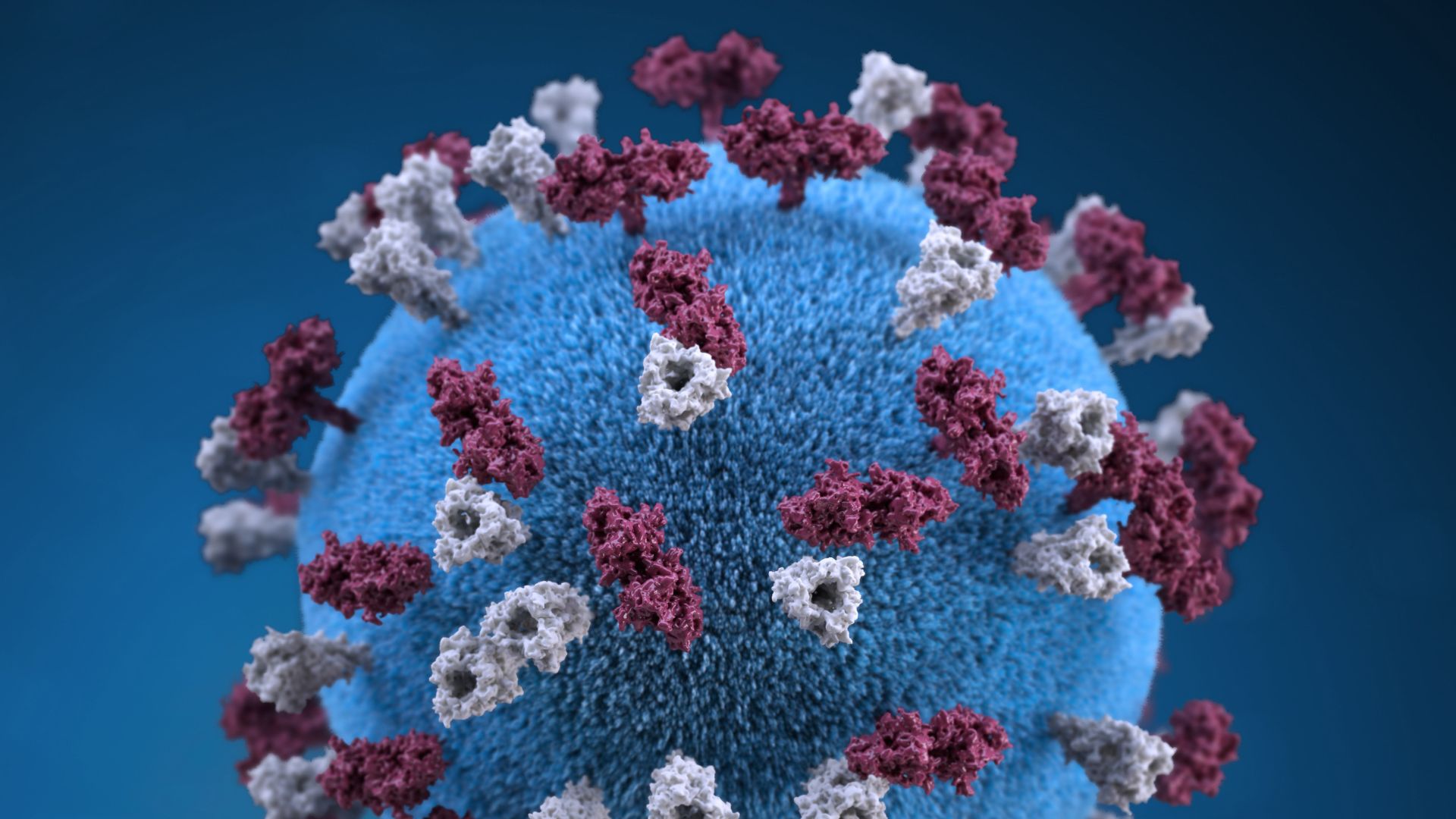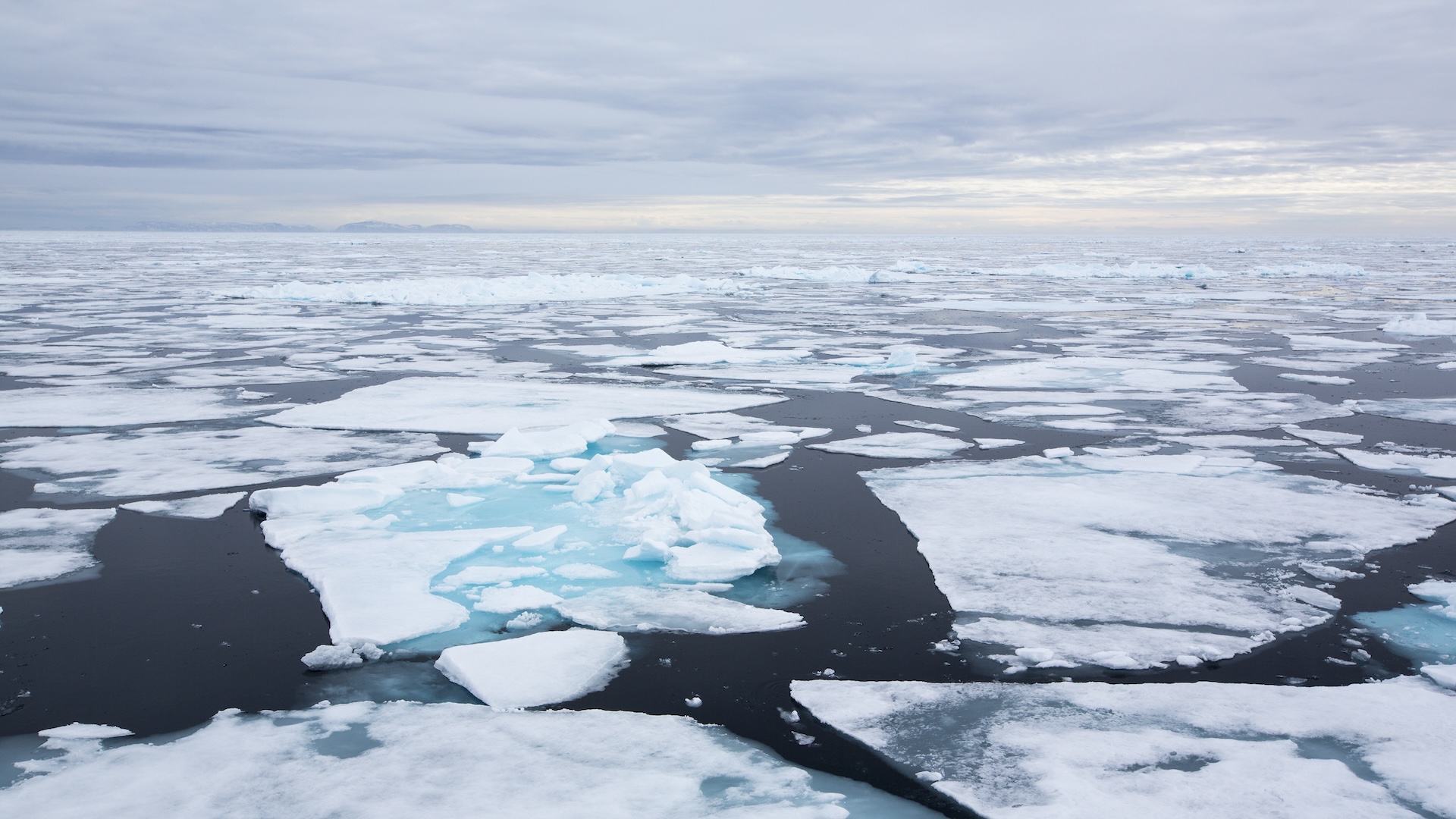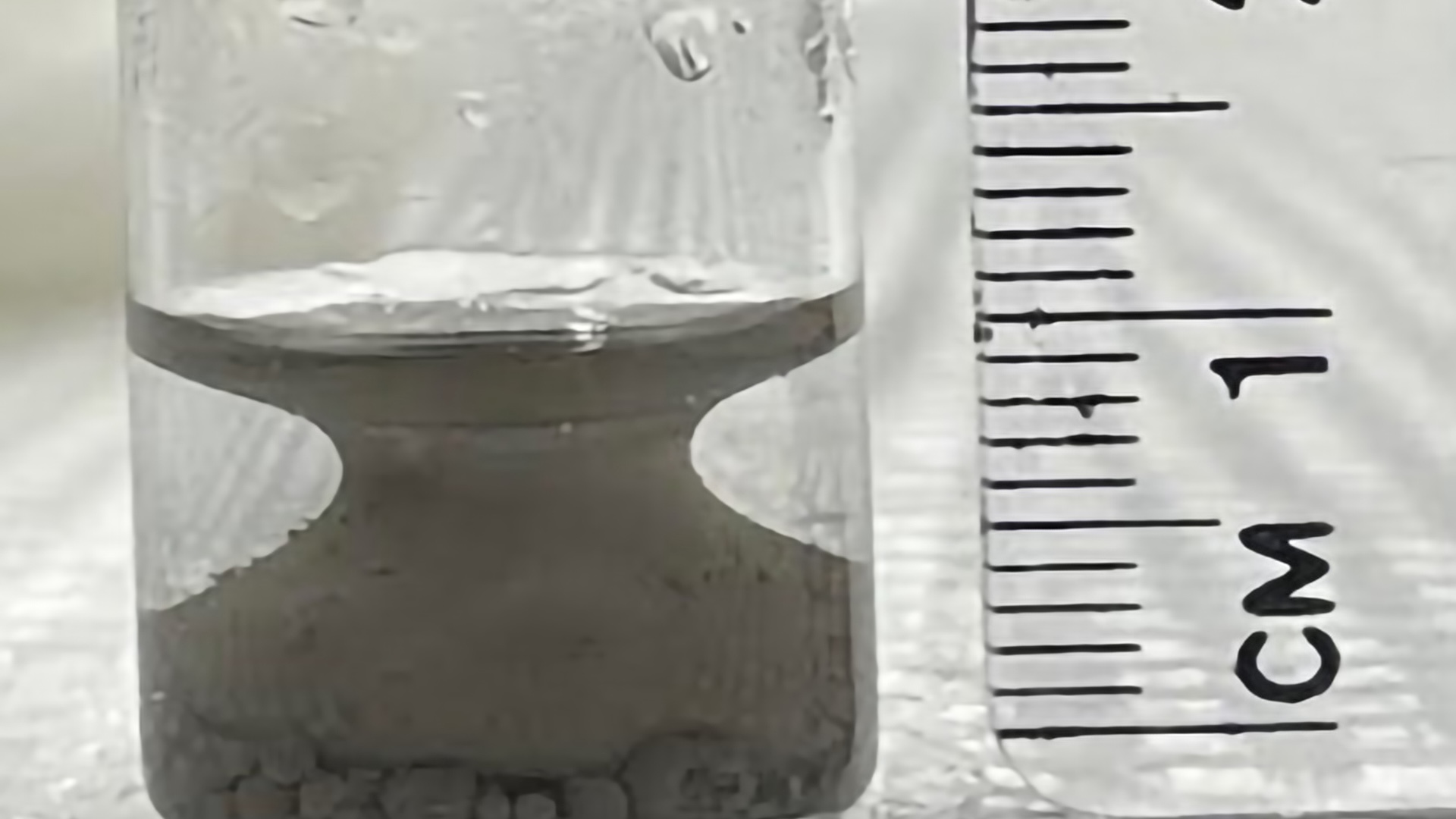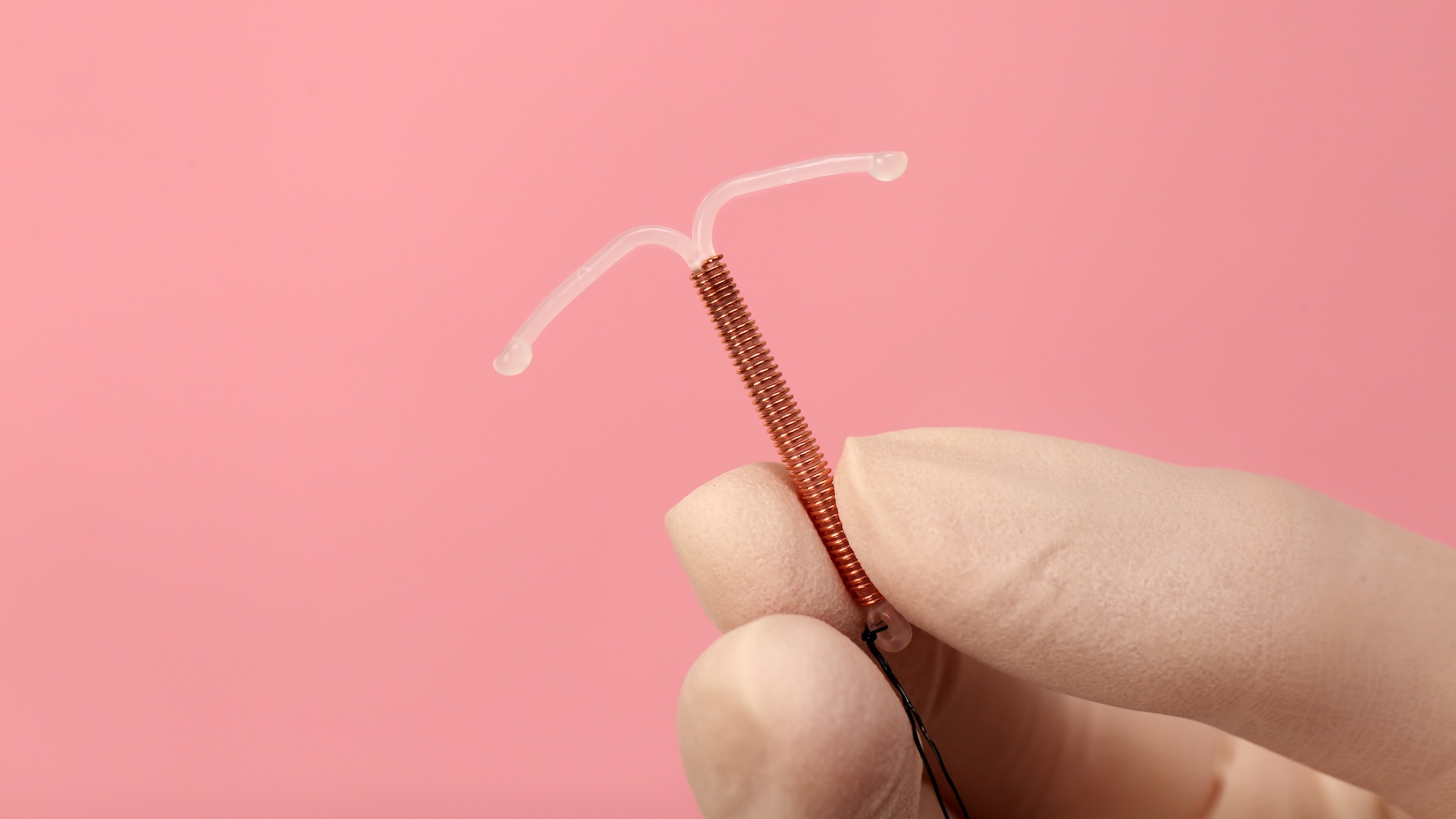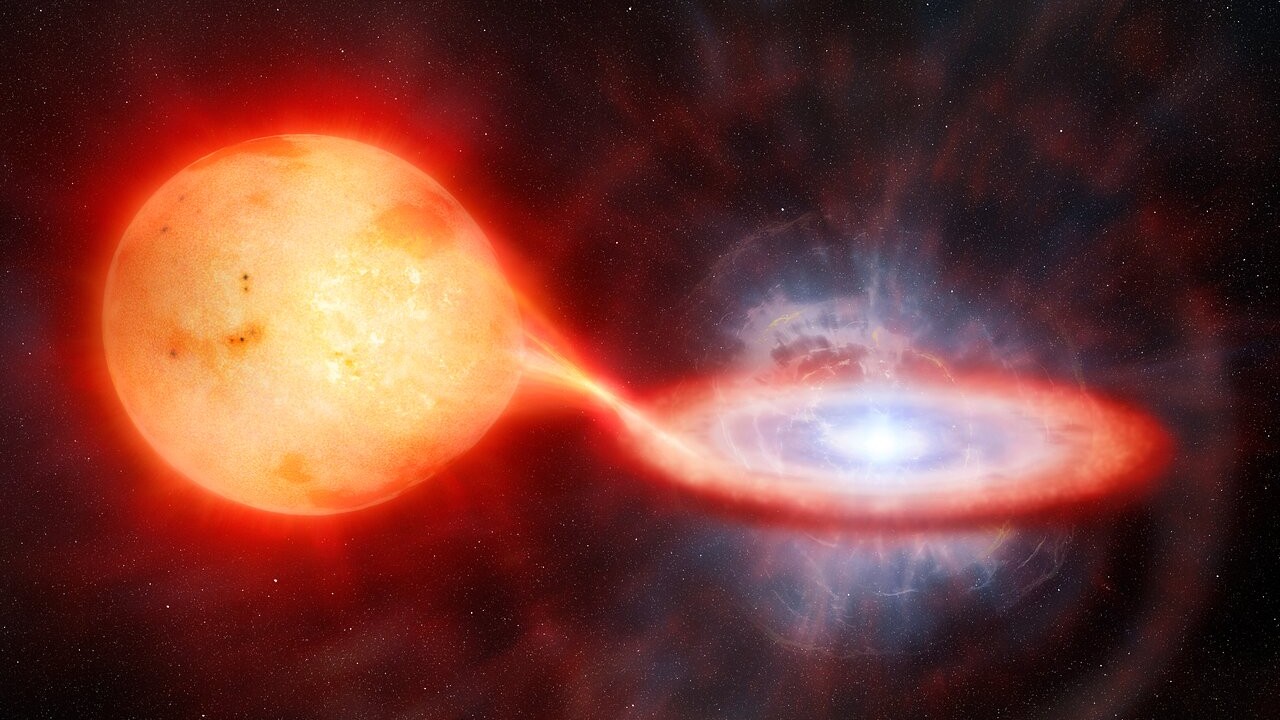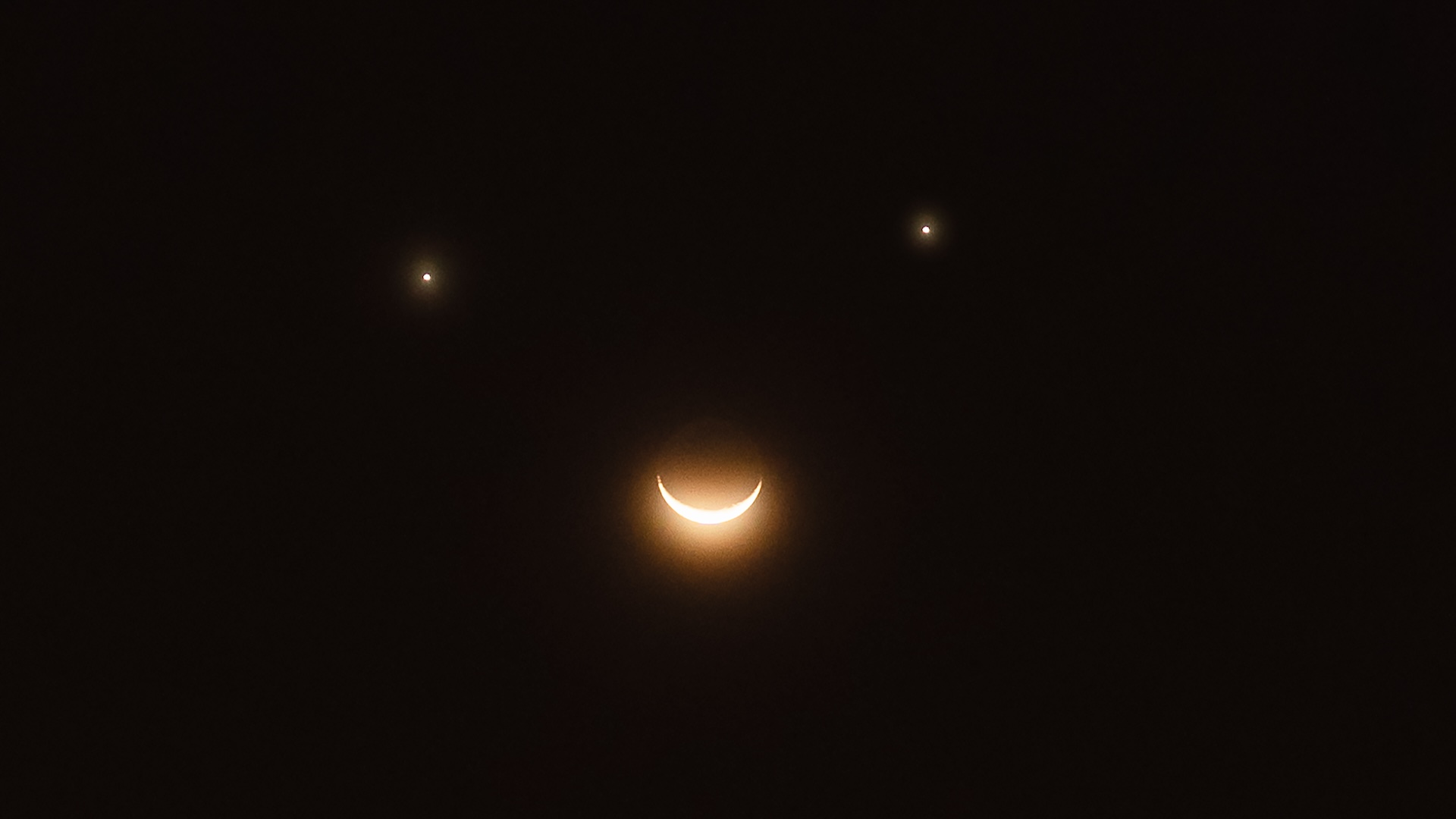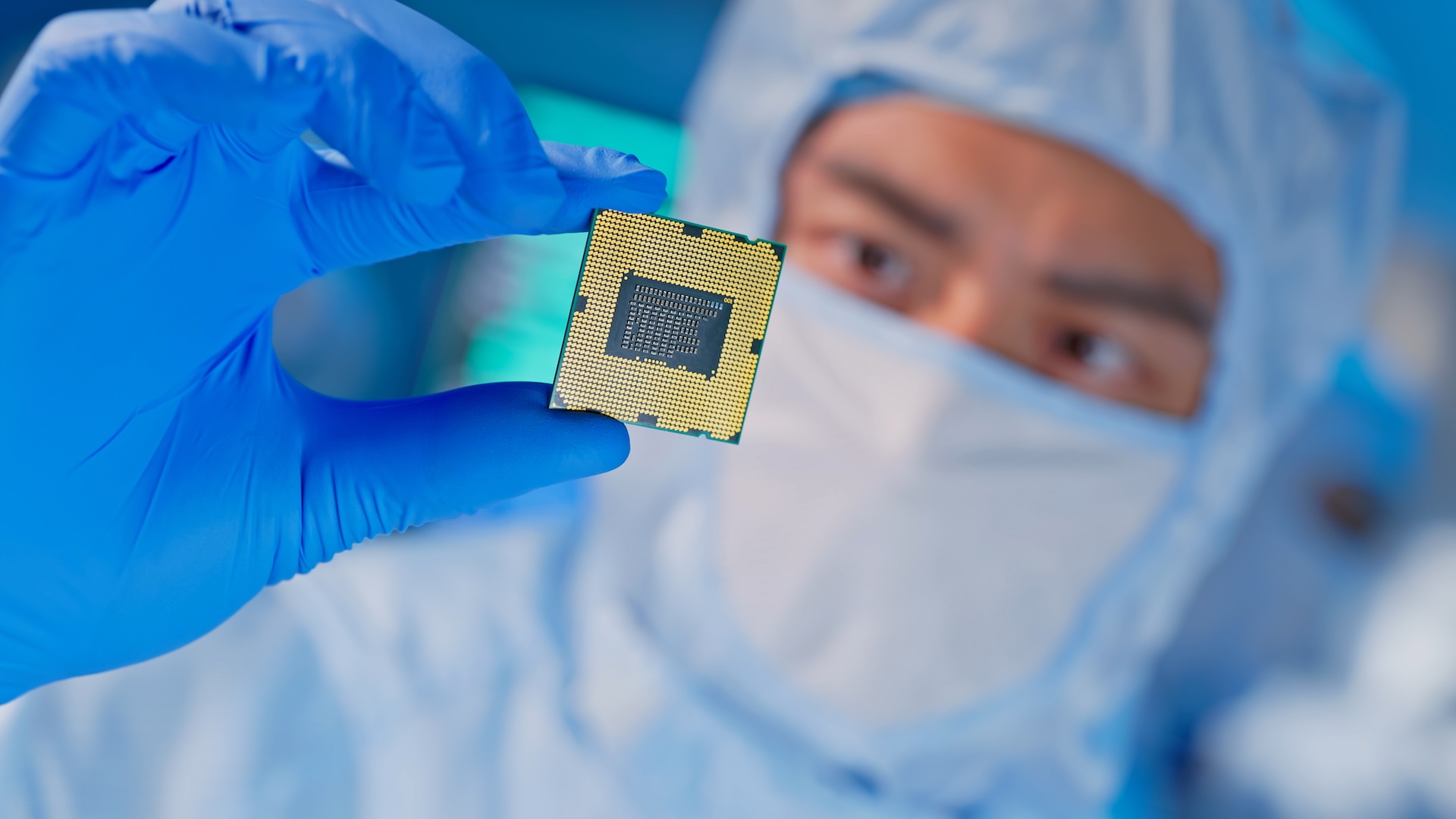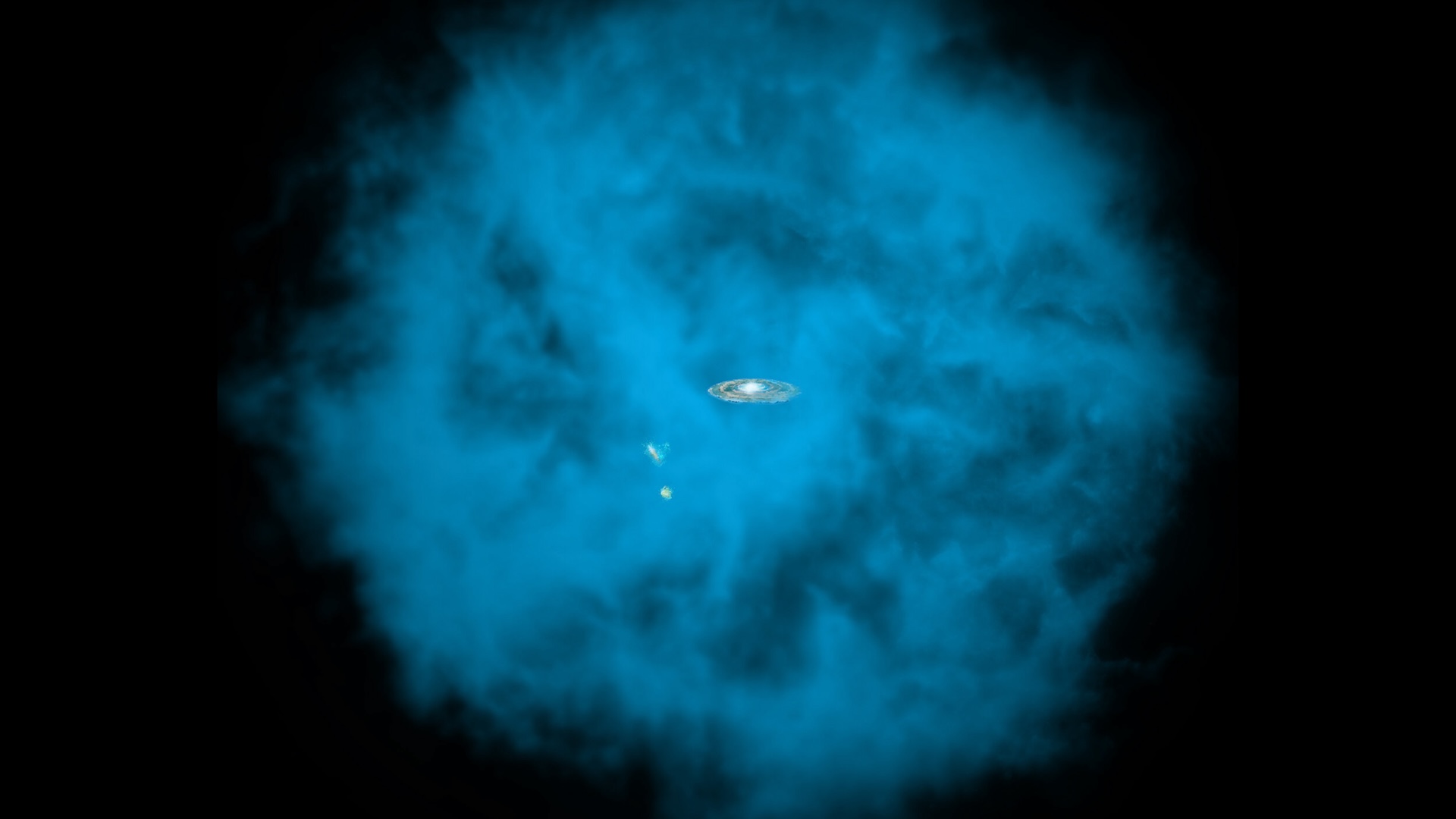Did scientists really create a room temperature superconductor? Not so fast, experts say.
The research, which has not been peer-reviewed, has sparked viral attempts at imitation around the world.
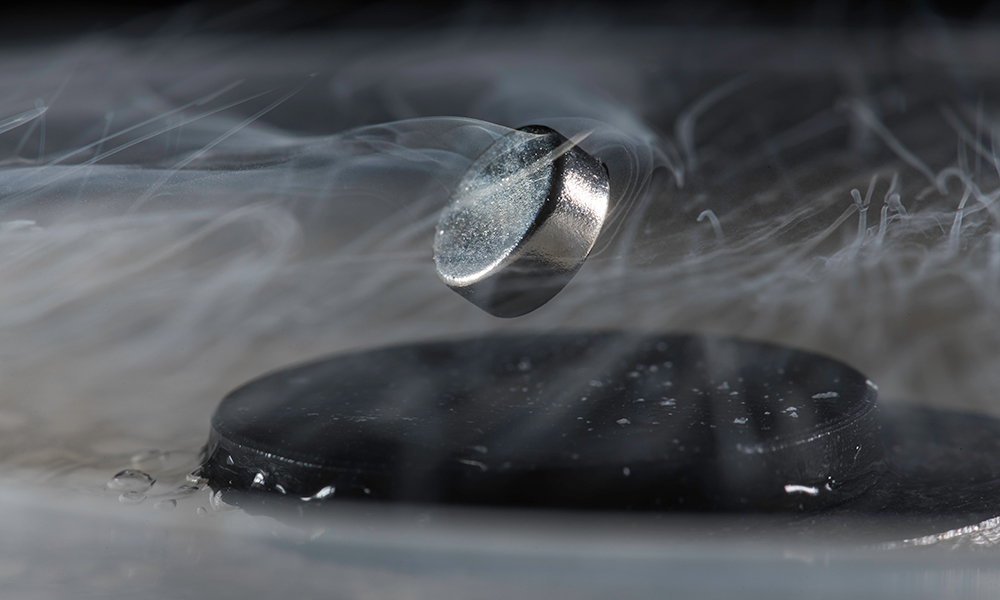
Scientists in South Korea have claimed to have made one of the "holy grails" of physics: a superconductor at room temperatures and pressures. Now, researchers around the world are racing to replicate the results.
The material, called LK-99, has been presented by its creators as one that can carry electricity in everyday temperatures with absolutely no electrical resistance — sparking a frenzy of excited speculation on social media, quixotic attempts to levitate home-cooked mixtures of lead, and a race by scientists to recreate the material and replicate the original findings.
If scientists confirm LK-99 is a room temperature superconductor, it would open technological windows to formerly pie-in-the-sky concepts such as near lossless transmission of electricity and cold nuclear fusion.
Related: Bizarre particle that can remember its own past created inside quantum computer
Yet experts are urging caution. The results were described in two papers hastily published to the preprint database arXiv. They have not yet been peer-reviewed. And, so far, no-one has been able to replicate the result.
"If you read the papers, even if you don't see the science, you can see that those papers were not well-polished," Michael Norman, a condensed matter theorist at Argonne National Laboratory, which is one of the laboratories working to replicate the findings, told Live Science. "There's a lot of pressure on people to put stuff out there."
Making a superconductor
To make the new material, the South Korean researchers, the majority working for a start-up company called the Quantum Energy Research Center in Seoul, mixed powders containing lead, oxygen, sulfur and phosphorus before adding small amounts of copper.
Sign up for the Live Science daily newsletter now
Get the world’s most fascinating discoveries delivered straight to your inbox.
After several hours of superheating, the mixture transformed into a gray solid whose electrical resistivity, the researchers claim, dropped to near zero at 30 degrees Celsius (86 degrees Fahrenheit).
Resistivity is the measure of how much electrons flowing through a material will be impeded by internal friction. The fundamental physics behind low-temperature superconductors has been understood for decades, but scientists have struggled to create the materials at higher temperatures.
Superconductors have one telltale property: levitation. Because a flowing current generates a magnetic field, as materials transition to superconductive states the electrons inside flow without friction, generating a magnetic field that can repel an external magnet with an equal and opposite force. Place a superconductor above a magnet and it will be perfectly suspended in the air, a phenomenon called the Meissner effect.
In videos posted online, tiny flakes of LK-99 float in mid-air, at least partially. In the original researchers' video, a coin-like sample of the material can be seen wobbling with one of its sides levitating and the other in contact with the magnet beneath it.
The race to replicate
So far, scientific institutions have made 11 attempts to replicate the findings and seven have declared results. Of these seven, three have found properties similar, but not identical, to those claimed for LK-99. Results from Huazhong University of Science and Technology in China and the University of Southern California describe levitation and researchers from China's Southeast University spotted a drop in resistance to noise levels at minus 261 F (minus 163.15 C). The remaining four observed neither magnetism nor superconductivity.
There's a possibility these mixed results could be down to impurities introduced into the manufactured samples, which were cranked out quickly by labs hurrying to replicate the findings.
"My group could not reproduce the superconductivity of LK-99 yet, although [more] trials are yet underway," V. P. S. Awana, the leader of a team at the National Physical Laboratory of India, whose team could not replicate the results due to what they believe were impurities in their sample, told Live Science."The partial replacement of lead by copper in a one-dimensional chain of lead apatite is the key. This is not an easy task."
On the other hand, the preliminary results could point to deeper problems in the original research. Prior to its final formation, LK-99 passes through two precursor phases (or atomic arrangements): a diamagnetic insulator (which repels a magnetic field with its own and doesn't conduct electricity) and a paramagnetic metal (which is weakly attracted to magnetic fields and conducts electricity).
Scientists have speculated that if these two phases didn't cohere clearly into a new phase, they may have created a lot of confusion.
"You can get easily fooled under those circumstances, because you're mixing a metal with a diamagnetic insulator, and neither on their own have anything to do with superconductivity," but each might have some behaviors similar to it, Norman said.
In other words, each of these phases might demonstrate some behaviors that could be mistaken for superconductivity. And even if there is a phase that is superconducting, scientists may not be able to separate it from the rest of the sample and have it still work.
"What you really want to do is demonstrate zero resistance and the Meissner effect, and preferably in a single phase sample," Norman said. "There could be some minor phase in there that's doing something interesting, but the question is what is that minor phase and can it be isolated from the others."
Despite their skepticism, scientists are still interested in the new material. If it levitates at room temperatures it is rare, and some of the experimental results and preliminary theoretical contributions suggest LK-99 may have intriguing properties. As some parts of the underlying theory of superconductors still remain uncertain, studying the material could reveal important insights into how weird material phases work at higher temperatures.
But whether or not a revolutionary application for room temperature superconductivity, or any new physics at all, hides beneath LK-99's dull gray exterior will probably take experimentalists months to know for sure.
"It was clearly rushed out because they thought a Nobel Prize was at stake. To me, this is normal scientific behavior," Nadya Mason, a condensed matter physicist at the University of Illinois, Urbana-Champaign, told Live Science. "This is fast science. I'm thrilled with the fact that if it's out there, people are trying to duplicate it. Because if people didn't think it was promising, they wouldn't be trying to reproduce it."

Ben Turner is a U.K. based staff writer at Live Science. He covers physics and astronomy, among other topics like tech and climate change. He graduated from University College London with a degree in particle physics before training as a journalist. When he's not writing, Ben enjoys reading literature, playing the guitar and embarrassing himself with chess.

